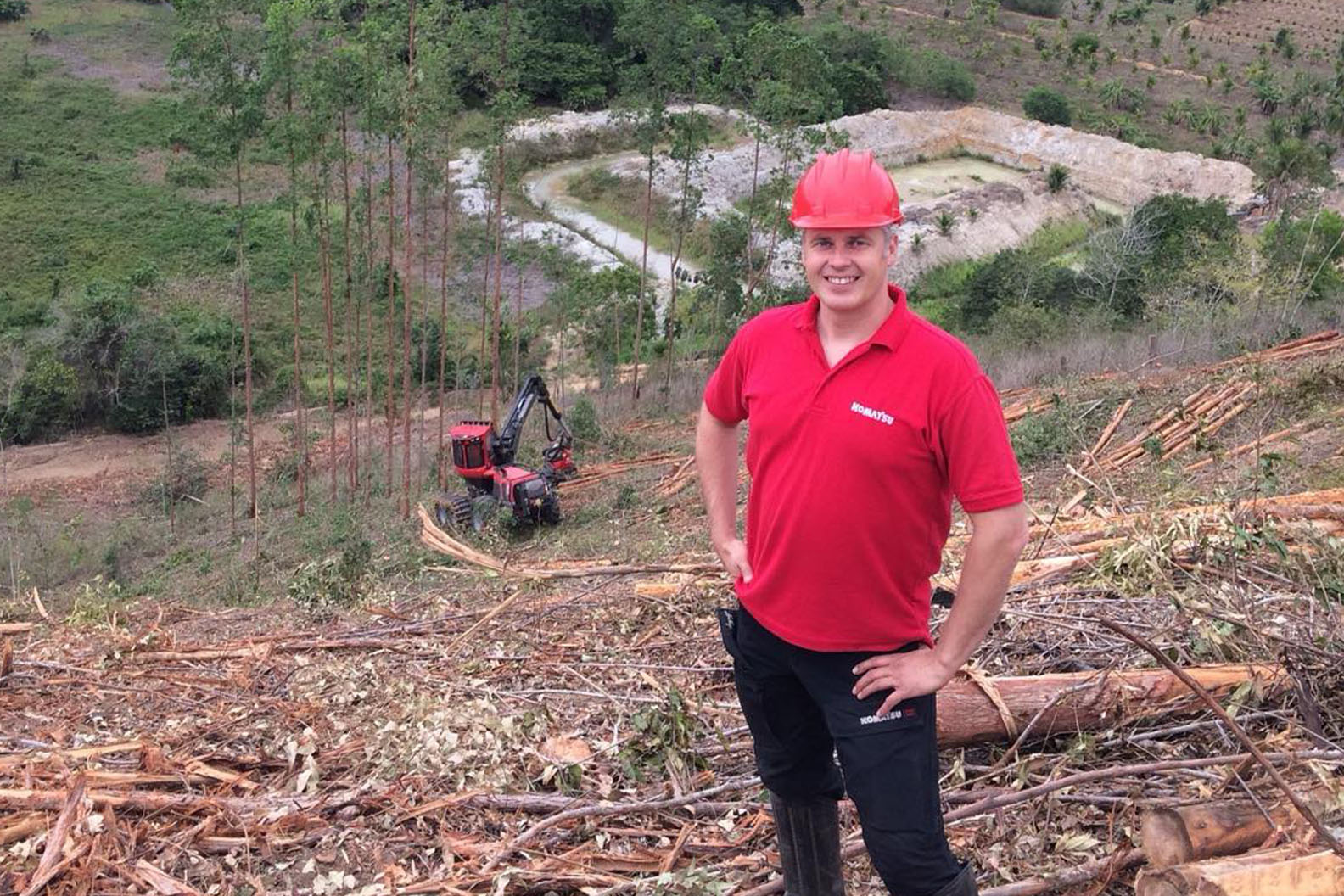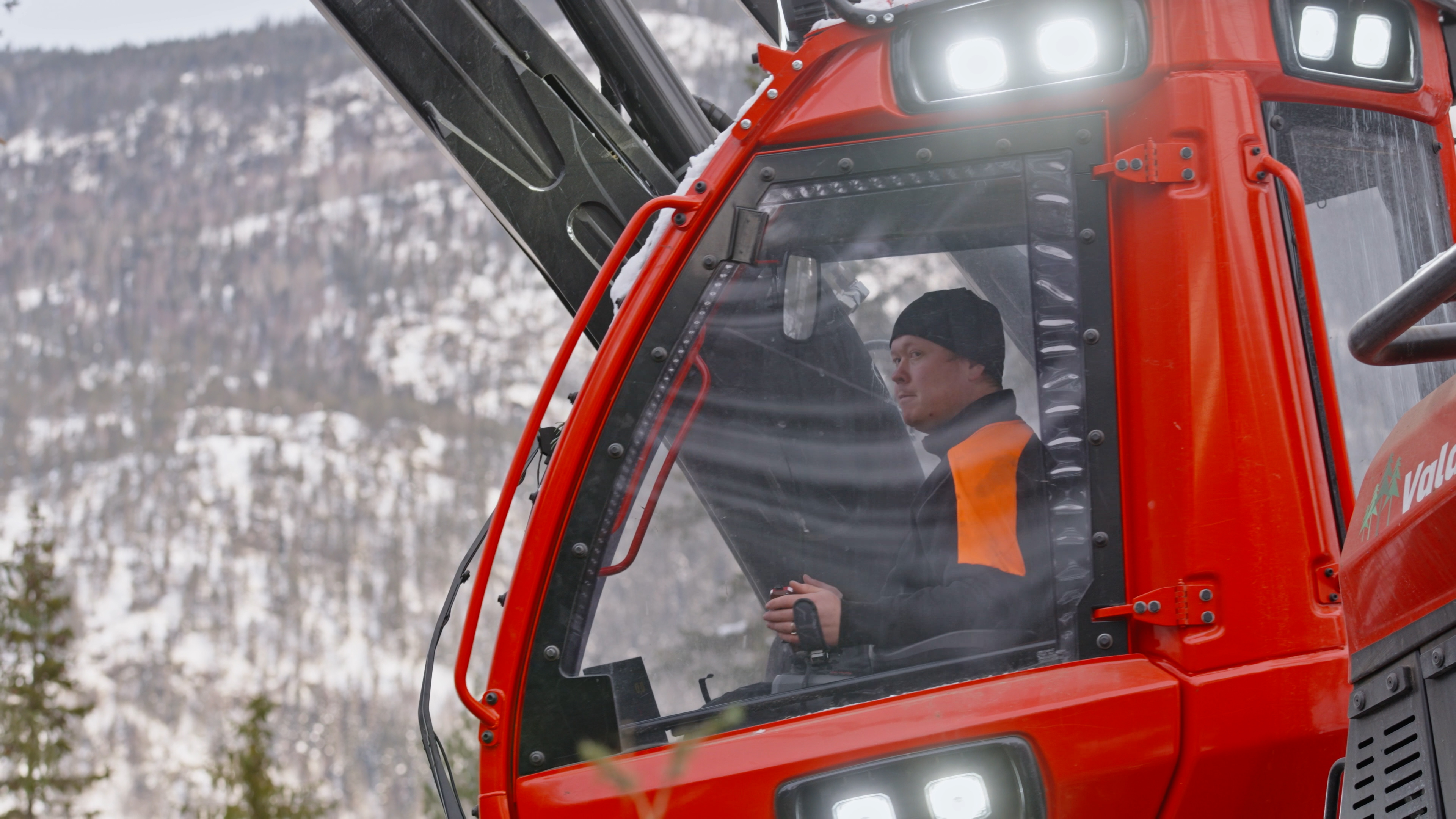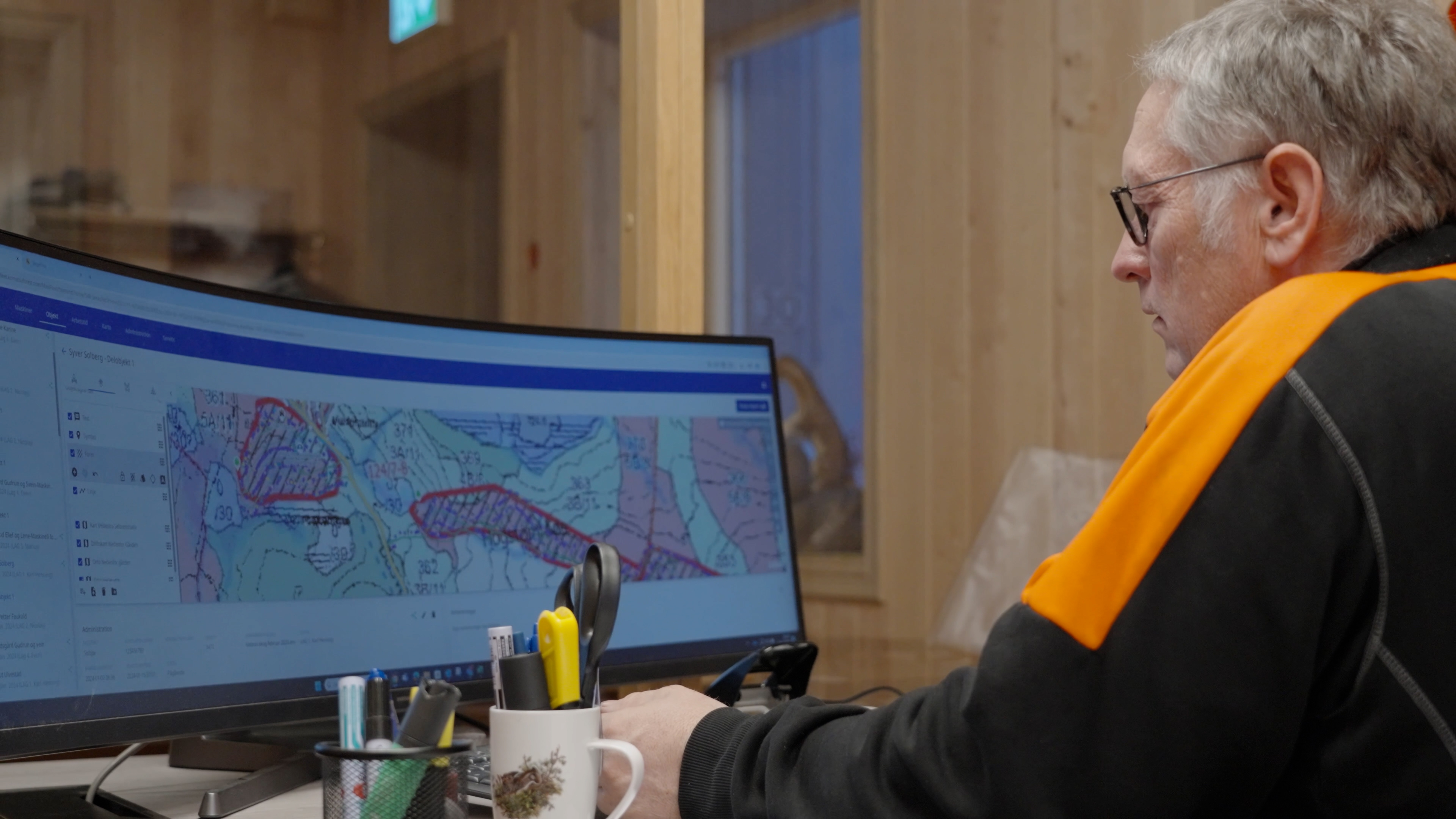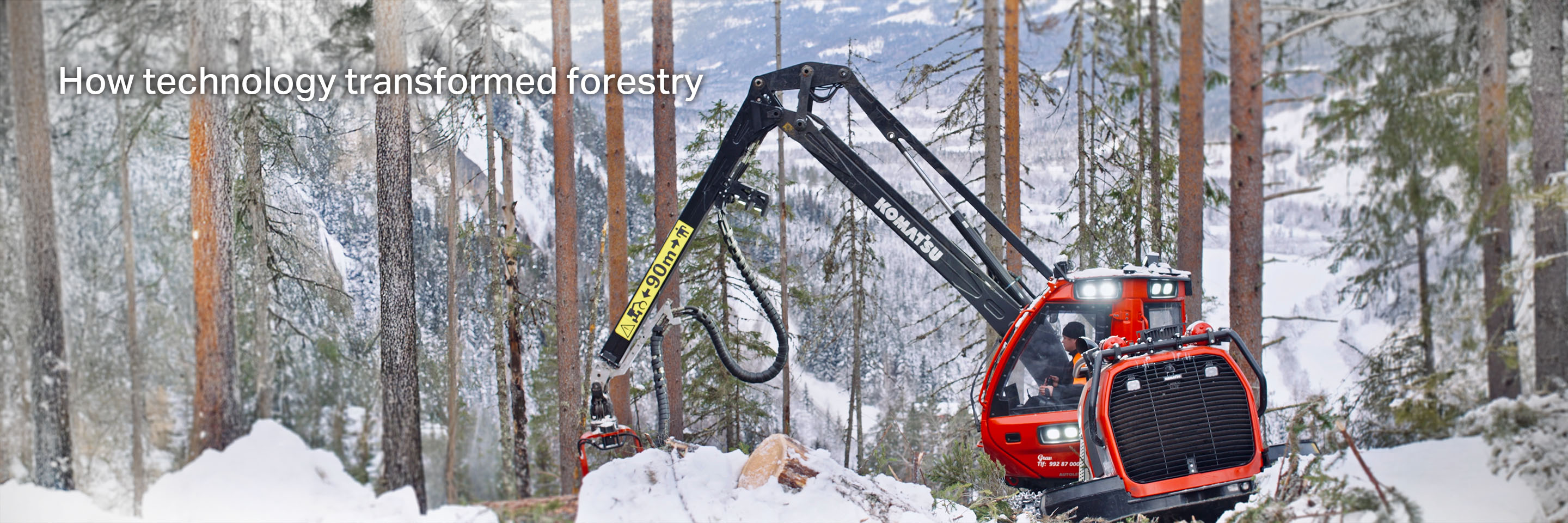
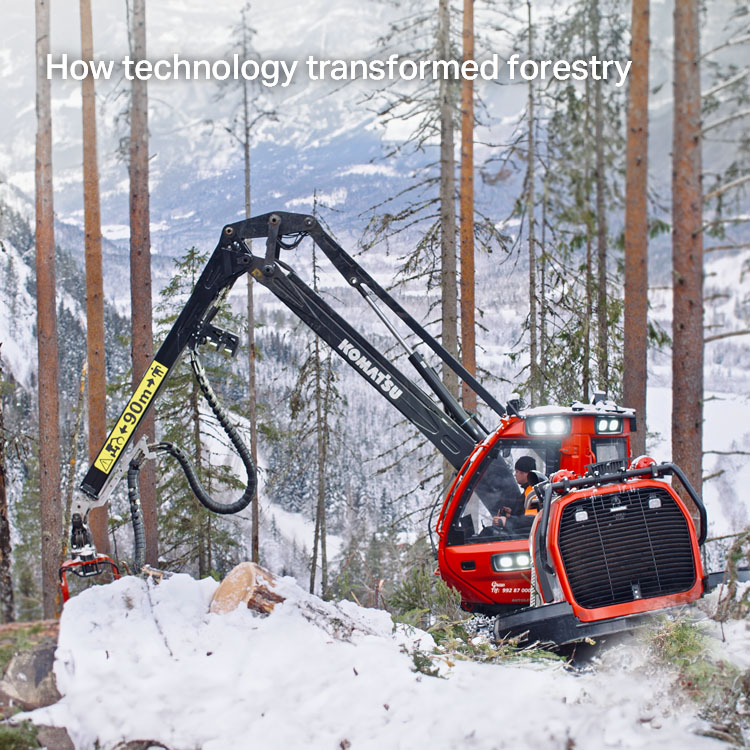
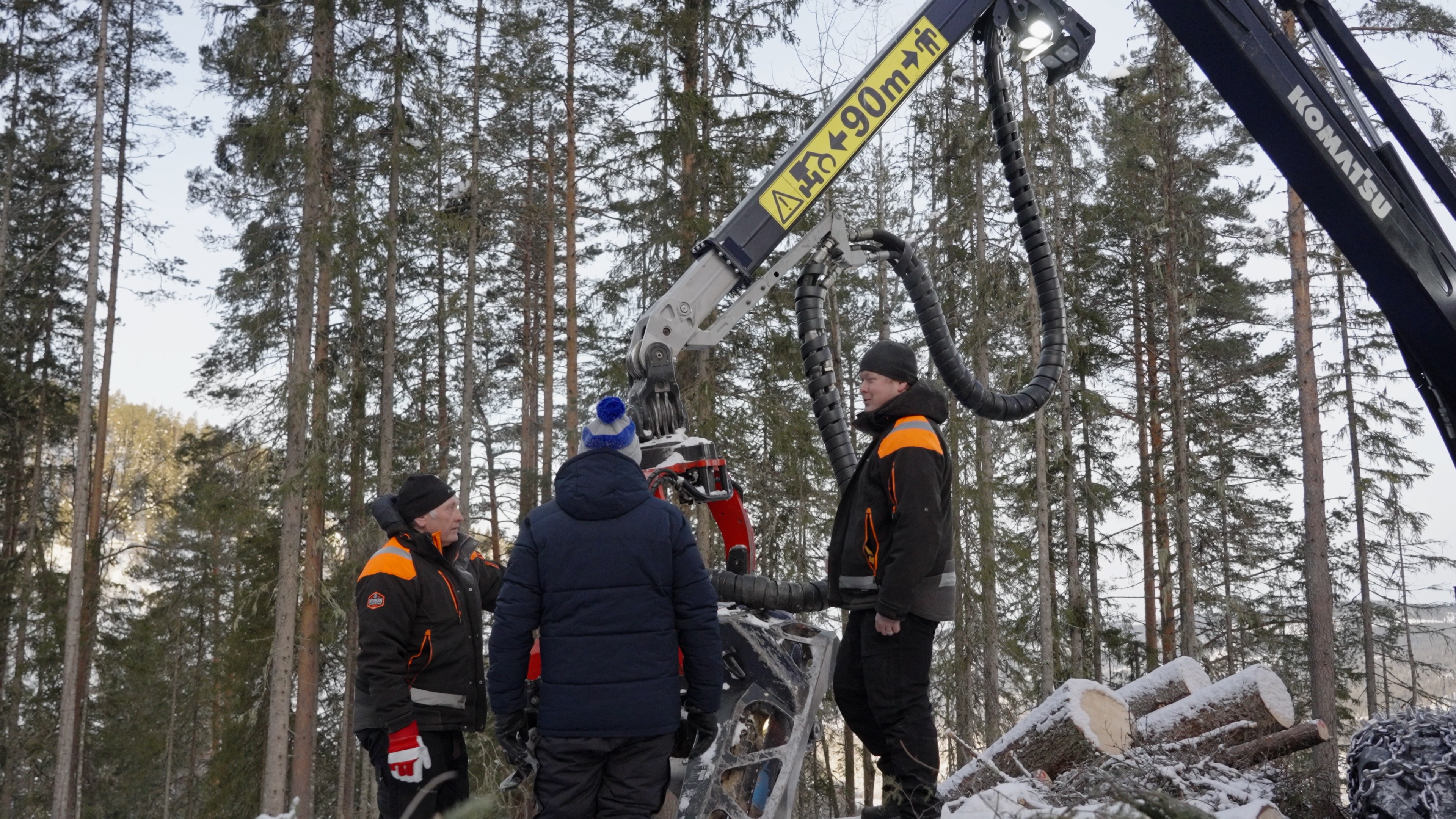
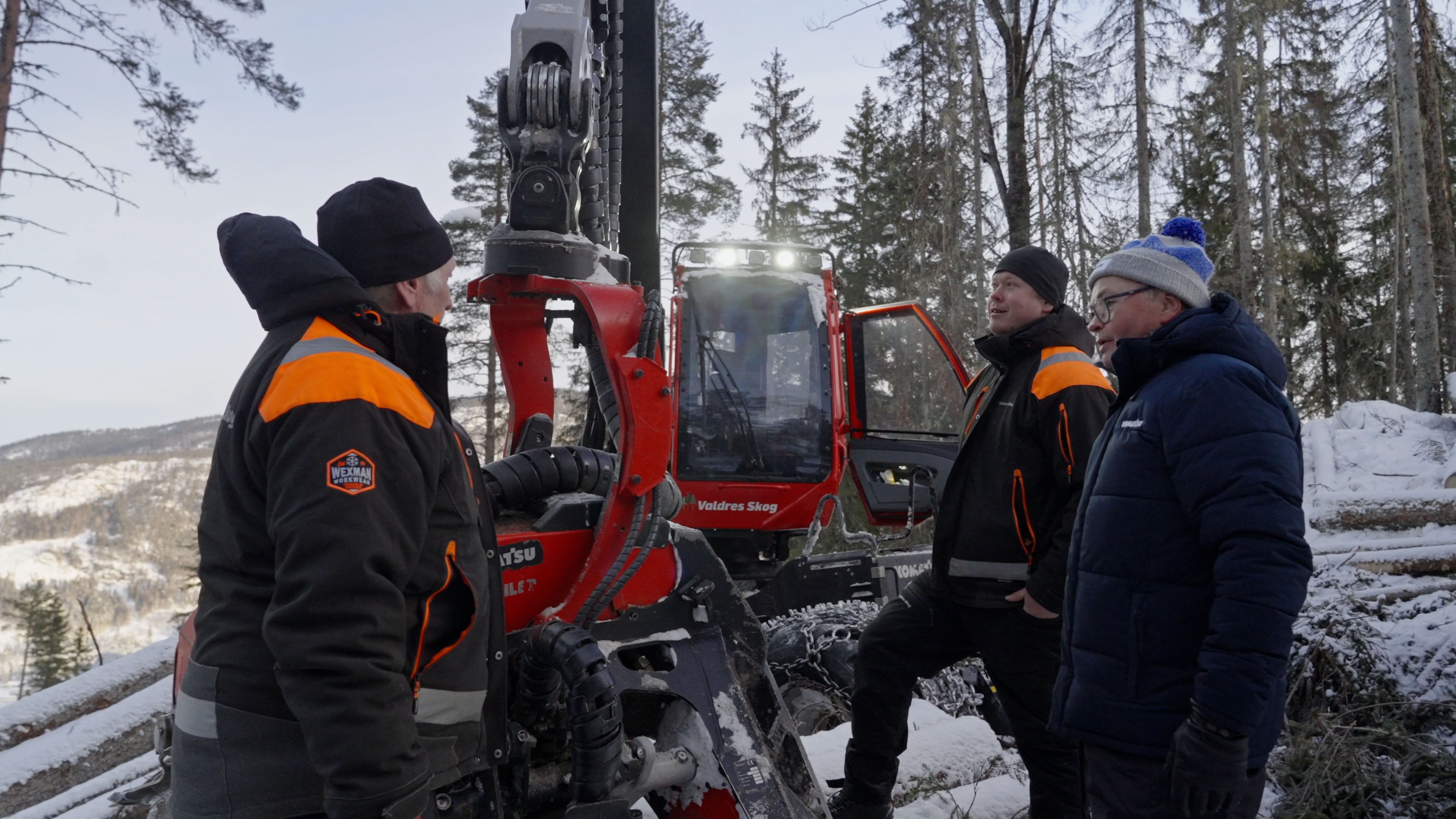
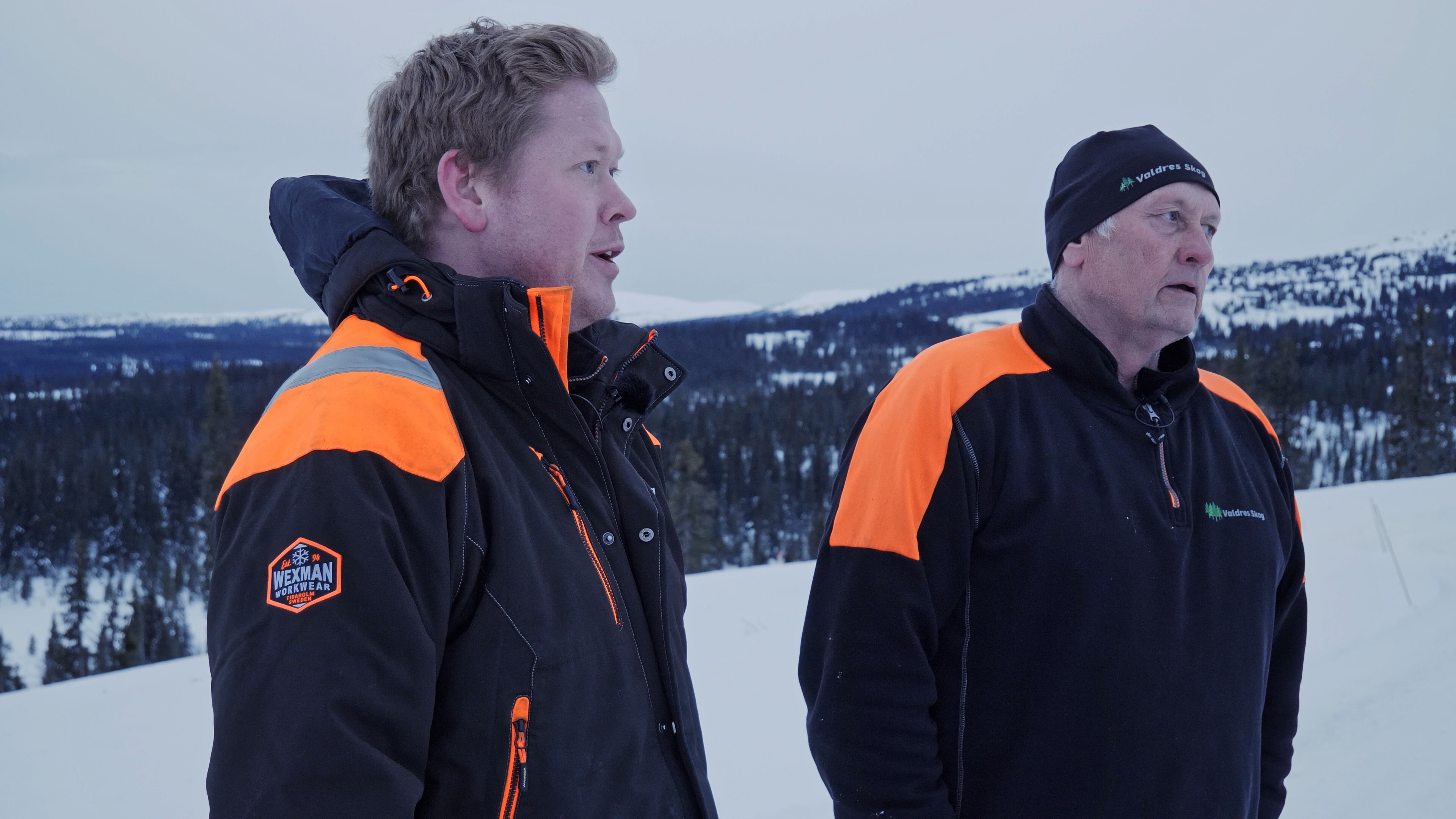
Joacim Henningsson’s experience doesn’t go back as far as horses, but he has witnessed first-hand some dramatic changes in forestry engineering and technology.
When he started test-driving forestry equipment — initially for his then-father-in-law’s logging company, then full-time for Komatsu Forest — the equipment he operated was evolving rapidly. “Back in the 1960s, ’70s, ’80s, it was a very physically demanding job to operate and to repair the machines,” Henningsson said. But that was changing with advancements in the machines’ power, reliability, operability and efficiency. Komatsu’s pioneering single-grip harvester, introduced in the 1980s, used a chassis designed from the ground up for improved stability and comfort. A fuel-efficient Tier 4 engine (also known as the EU Stage V engine) and a hydraulic cab suspension system were among many other game changers. They were all meeting growing demands to reduce engine emissions, operate more safely, work more productively and manage forest resources more responsibly for long-term health and biodiversity.
Smart technology began arriving on the scene around 2012, offering powerful new tools to meet the pace of new challenges, such as workforce shortfalls and climate change, while continuing to advance productivity, efficiency and safety goals. Henningsson travelled the globe to introduce the new technology to users. “In the beginning there was some resistance. Customers didn’t really know what they could use it for.”
